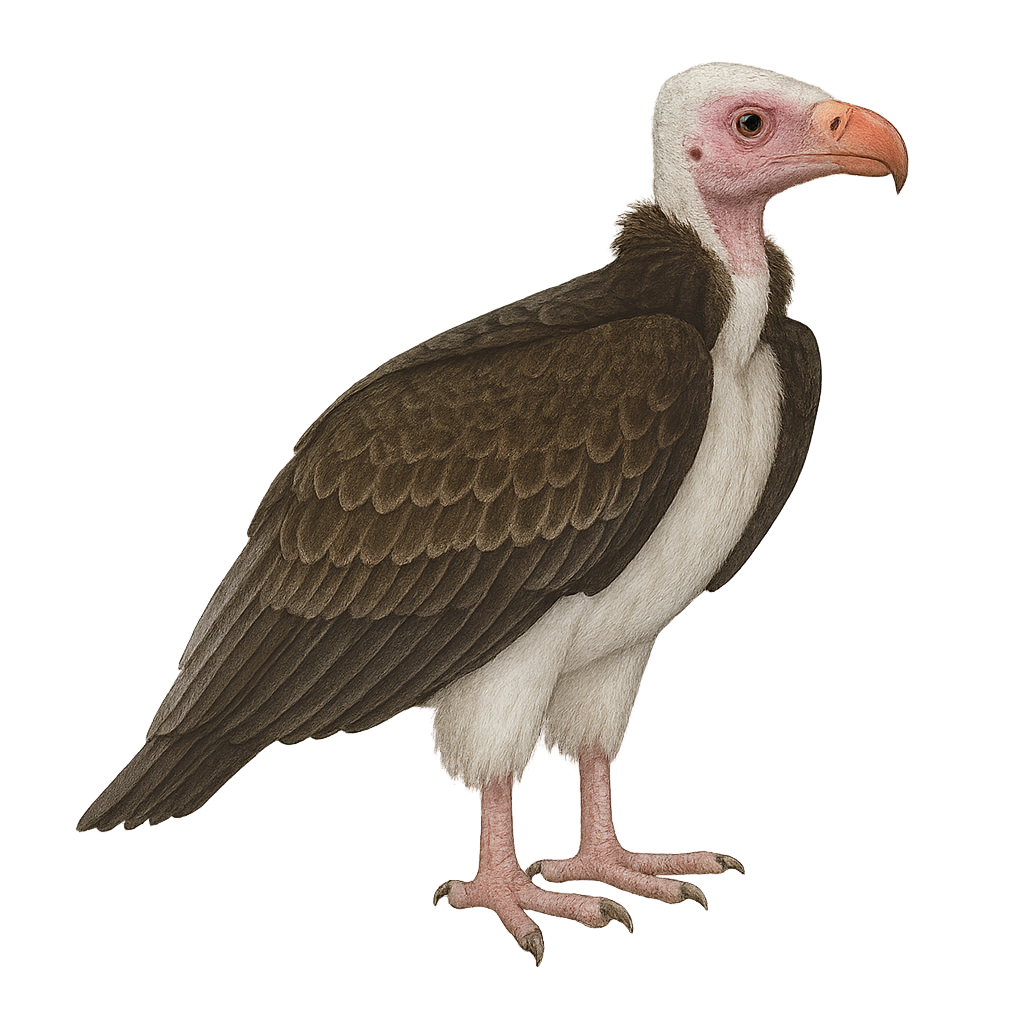Your wildlife photography guide.
Explore the white-headed vulture in detail, study its behavior, prepare your shots.
Where to observe and photograph the white-headed vulture in the wild
Learn where and when to spot the white-headed vulture in the wild, how to identify the species based on distinctive features, and what natural environments it inhabits. The WildlifePhotographer app offers tailored photography tips that reflect the white-headed vulture’s behavior, helping you capture better wildlife images. Explore the full species profile for key information including description, habitat, active periods, and approach techniques.
White-headed Vulture
Scientific name: Trigonoceps occipitalis

IUCN Status: Vulnerable
Family: ACCIPITRIDAE
Group: Birds
Sensitivity to human approach: Suspicious
Minimum approach distance: 30 m
Courtship display: April to June
Incubation: 55-60 jours
Hatchings: June to August
Habitat:
Savannah, open forests, semi-arid areas
Activity period :
Primarily active during the day, with peak activity in the morning and late afternoon.
Identification and description:
The White-headed Vulture, Trigonoceps occipitalis, is a striking bird of prey found in sub-Saharan Africa. It is easily recognizable by its white head contrasting with its dark body and broad wings. This vulture plays a vital role in the ecosystem by cleaning up carcasses, thus preventing the spread of diseases. It is often seen alone or in small groups, soaring in search of food. Unfortunately, it is threatened by habitat loss and poisoning. Conservation efforts are crucial to ensure its survival. Its population is declining, making it a concern for ecologists.
Recommended lens:
400 mm – adjust based on distance, desired framing (portrait or habitat), and approach conditions.
Photography tips:
To photograph the White-headed Vulture, it is advisable to use a telephoto lens of at least 400mm to capture detailed images without disturbing the bird. Look for open areas where these vultures often soar in search of food. Be patient and discreet to avoid scaring them away. The best times to observe them are early in the morning or late in the afternoon when the light is soft and flattering.
The WildlifePhotographer App is coming soon!
Be the first to explore the best nature spots, track rutting seasons, log your observations, and observe more wildlife.
Already 1 432 wildlife lovers subscribed worldwide

